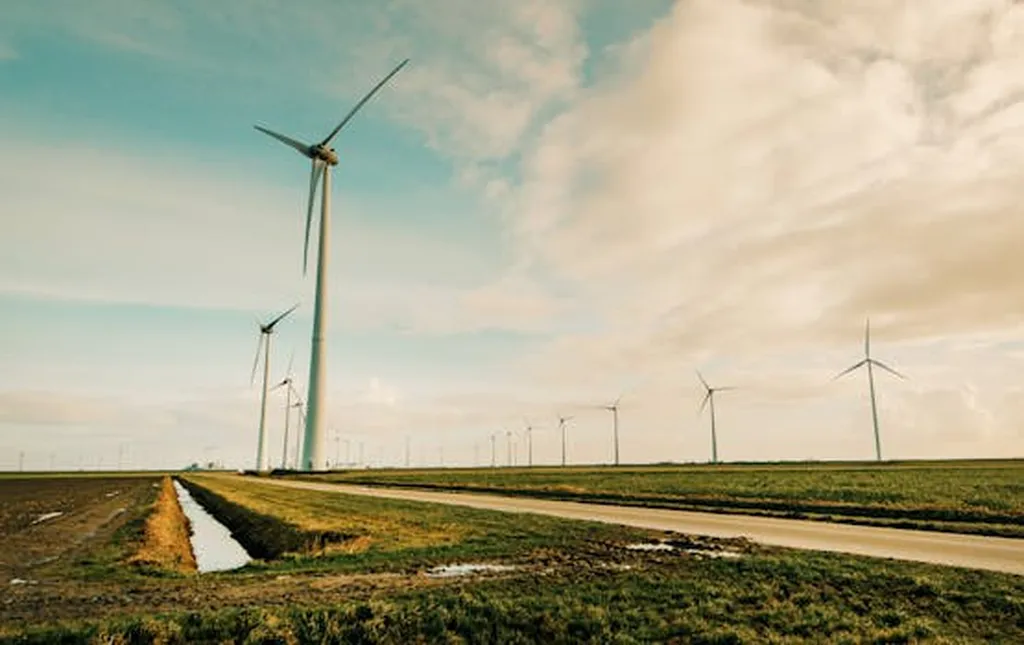In the heart of China’s burgeoning clean energy landscape, a groundbreaking study led by Fang-Rong Ren, a researcher at the College of Economics and Management, Nanjing Forestry University, is shedding light on the intricate workings of the nation’s wind power systems. The research, published in the journal *Systems*, employs a sophisticated two-stage EBM model combined with a feedforward neural network (FNN) model to dissect the efficiency of wind power systems, offering valuable insights for the energy sector.
Ren and her team have uncovered a nuanced narrative of progress and challenges within China’s wind power sector. Their analysis reveals that while the comprehensive efficiency of wind power systems has been gradually improving from 2010 to 2022, this progress is not uniform. “The efficiency shows spatiotemporal variations due to uneven subsystem coordination,” Ren explains. This unevenness stems from the complex interactions among three regional subsystems: resource, technology, and economy.
The study identifies two distinct stages in the improvement of efficiency: the development stage, driven by technological advancements, and the operation stage, dominated by economic scaling. However, Ren notes that operation and maintenance technologies remain deficient, highlighting a critical area for improvement. “The correlation between development and operation stages is suboptimal, and the coordination of subsystems remains weak,” she adds.
The research also pinpoints key factors influencing comprehensive efficiency. Technology innovation and electricity demand act as catalysts, boosting efficiency, while human resources pose a hindrance. Extreme weather, on the other hand, can have either a positive or negative impact, adding a layer of unpredictability to the system.
Looking ahead, the study projects continued growth in efficiency, offering a promising outlook for the wind power sector. However, Ren emphasizes the need for cross-system coordination strategies to maximize the contribution of wind power in the clean energy mix. “Our findings underscore the importance of integrating technological, economic, and resource factors to enhance the overall efficiency of wind power systems,” she says.
This research holds significant implications for the energy sector, particularly for stakeholders involved in wind power development and operation. By understanding the intricate dynamics of wind power systems, industry players can make informed decisions to optimize efficiency and drive growth. Moreover, the study’s insights can guide policymakers in formulating strategies to support the wind power sector’s role in the transition to a clean energy future.
As the world increasingly turns to renewable energy sources, the findings from Ren’s study provide a valuable roadmap for enhancing the efficiency and effectiveness of wind power systems. By addressing the identified challenges and leveraging the highlighted opportunities, the energy sector can harness the full potential of wind power, paving the way for a sustainable and clean energy landscape.

